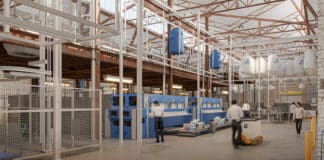Guest Contributor
Predictive Analytics For “Low-Tech” Facilities
For portfolios lacking built-in sensor technology, networked HVAC components, and other big data tools, a probabilistic model can provide actionable insights.
Minimizing Mosquito Populations To Combat Zika Virus
Facility executives and their service providers can address this health threat with diligent inspection of buildings and grounds.
Smart City 2.0: Next Step In Urban Innovation
Spurring the shift from leveraging data to fully digitizing cities are the pervasiveness of technology and expansion of open data policies.
Question Of The Week: How To Implement A Successful Campus Recycling Program
One of the biggest challenges facing colleges and universities is how to get students engaged in the campus recycling program.
New School Construction Focused On Building Envelope Performance
In Columbia, MO, campus planning officials wanted an attractive, durable exterior that would mitigate rain, snow, and other environmental conditions.
Systems Approach To HVAC Design
When components are patched together without considering the entire system, there is significant risk the system will not deliver ideal performance. Facilities staff training is also important.
Ensuring Generator Longevity
Regularly scheduled and preventative maintenance regimens are crucial for maintaining the health of your facility’s power systems.
Three Contractor Orientation Mistakes, And How To Avoid These
It is important for facility managers to ensure their contractors are educated on the organization's on-site policies and safety procedures.
Office Ergonomics: Finding The Right Fit
Poor posture, incorrect computer monitor positioning, and prolonged seating can all cause damage to the body. Without the proper training, this routine behavior puts added stress that not only causes worker discomfort, but can cost a company thousands of dollars in worker compensation.
Question Of The Week: What Best Practice Boosts Your Bottom Line?
This contributed article notes that central to an efficient facilities operations department is a responsive, consistent maintenance structure.
Four Types Of Concrete Damage And How To Address Them
The type of damage you see on your concrete is often a clue as to how it occurred in the first place. Proper diagnosing of the problem can help you determine how best to fix it, and how soon you need to address it.
Applying Lean Principles To Facility Cleaning Programs
The 5S Principles (Sorting, Set-In-Order, Shining, Standardization, and Sustaining) apply when seeking improvements to facility cleaning programs.
Distribution Center Design: Five Tips For Owners
From the construction delivery method to LCCA to workflow considerations, facility owners can reap the benefits of applying these strategies.
4 Ways To Avoid LED Lighting Failure
Garnering the benefits of investment in LED lighting retrofits means these need to deliver on promised performance.
Daylight Harvesting Brightens The Day, And The Bottom Line
The payback of daylight harvesting is significant when leveraging skylights in conjunction with LED luminaires and lighting controls.
DCIM For Facility Management
Facility departments gain a holistic view of operational impact with data center infrastructure management tools.
Why Governance Is Critical To Successful Outsourcing
An important principle of successful governance models revolves around collaboration at all levels across both organizations.
Physical Security Planning
The planning, implementation, operation, and maintenance of physical security—whether for one facility or many—will benefit from facility executives taking the stance of a common sense approach to the task.
SmartStart Program Incentivizes Hotel To Upgrade To LED Lighting
After learning about financial incentives provided by New Jersey’s Clean Energy Program, the Holiday Inn Hasbrouck Heights-Meadowlands realized that substantial improvements to the hotel’s energy efficiency would be cost effective.
Five Things To Consider When Starting A Predictive Maintenance Program
Predictive maintenance is the practice of measuring a machine's actual condition to determine maintenance schedules rather than waiting and hoping things will be okay until the next scheduled maintenance.





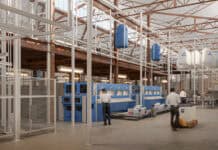

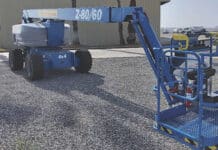
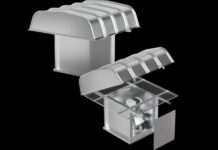


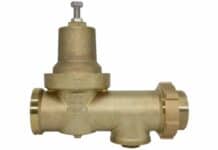
























![[VIDEO] Job Order Contracting: Accelerating the Projects that Matter](https://facilityexecutivemagazine.kinsta.cloud/wp-content/uploads/2024/05/maxresdefault-324x160.jpg)
